
Demographic Change and Digital Revolution: Impulses for Implementation
After a long day, thank you so much for staying on your seat for just ten more minutes. Julia asked me to present some impulses for implementation regarding the topic Demographic change and Digital Revolution we talked about today. This is not a small task, but I hope that what I am talking about will be useful for you.
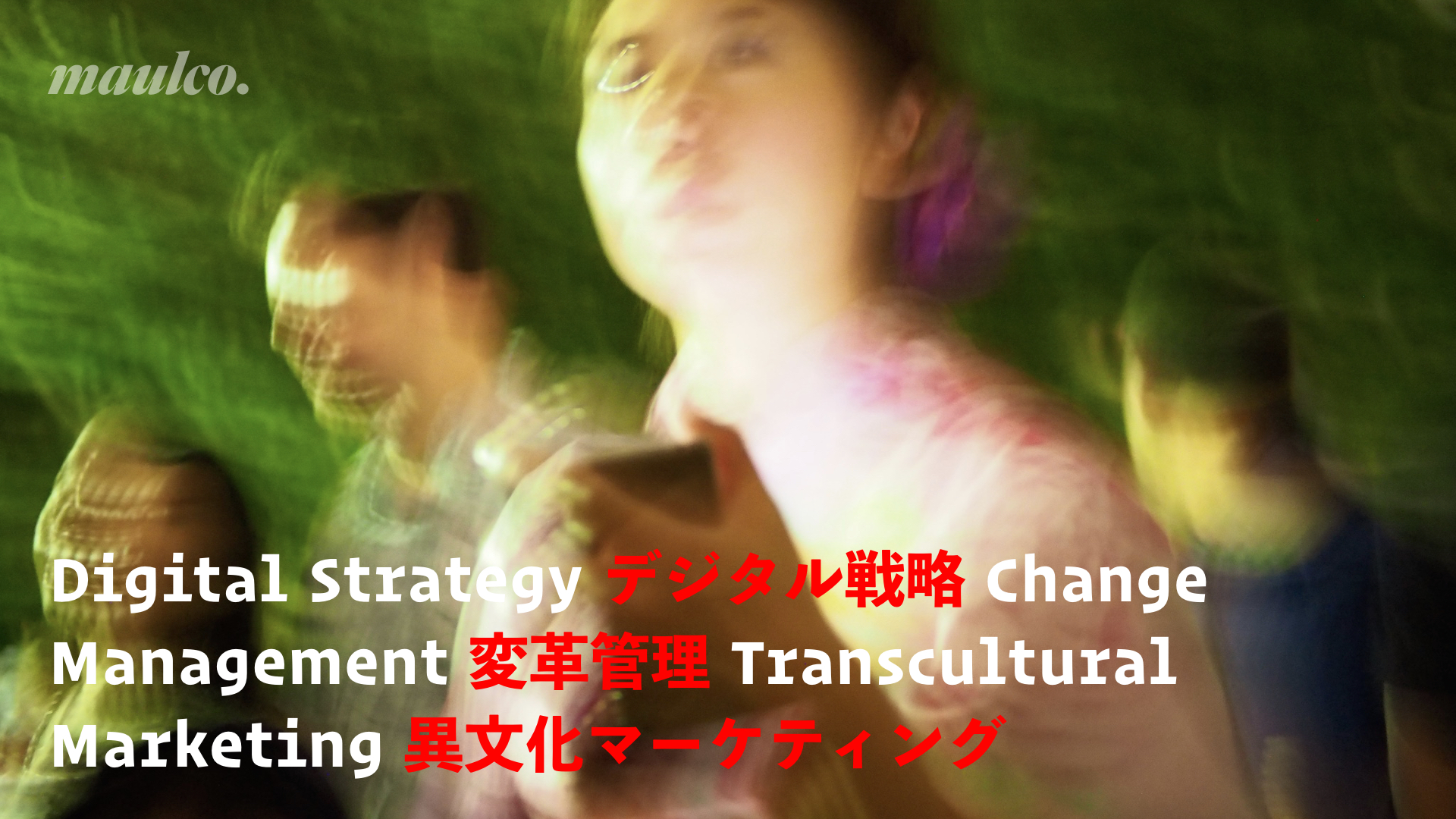
So, good evening. My name is Mathias; I own an agency for digital strategy, change management and transcultural marketing, and we specialize in discovering the basic principles that make your company successful – and getting to the point, fast, when implementing change.
Today I have eight topics with 34 slides in 10 minutes, so let’s get going. If this is too fast for you: I will prepare an article with the content of this presentation. Just approach me at the reception, let’s swap 名刺 and I can send you an e-mail with the link. Maybe someone can volunteer to translate the article into Japanese as well.
Let me start with something that you may have seen before. These are some headlines of news articles that talk about demographic change.


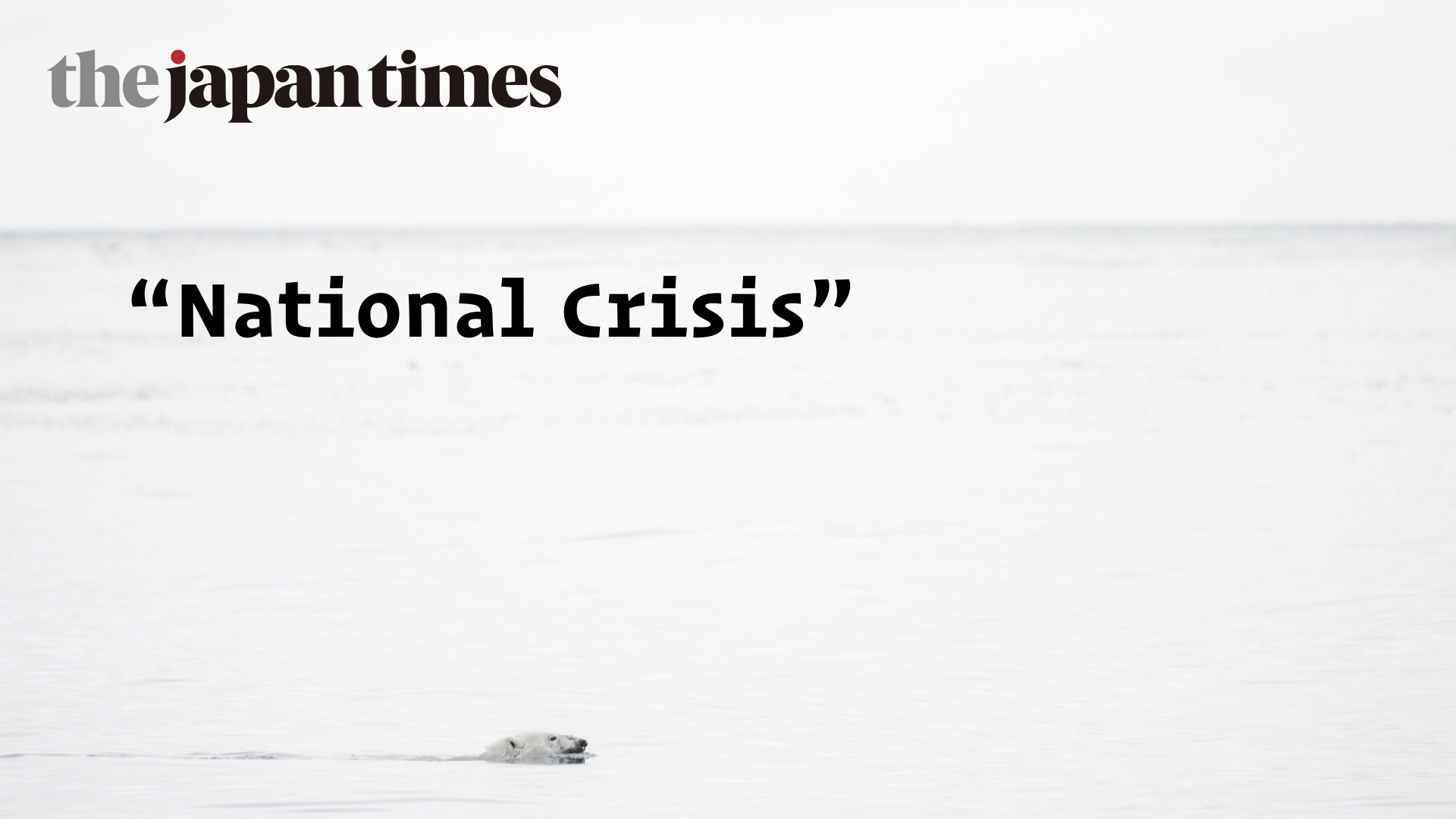
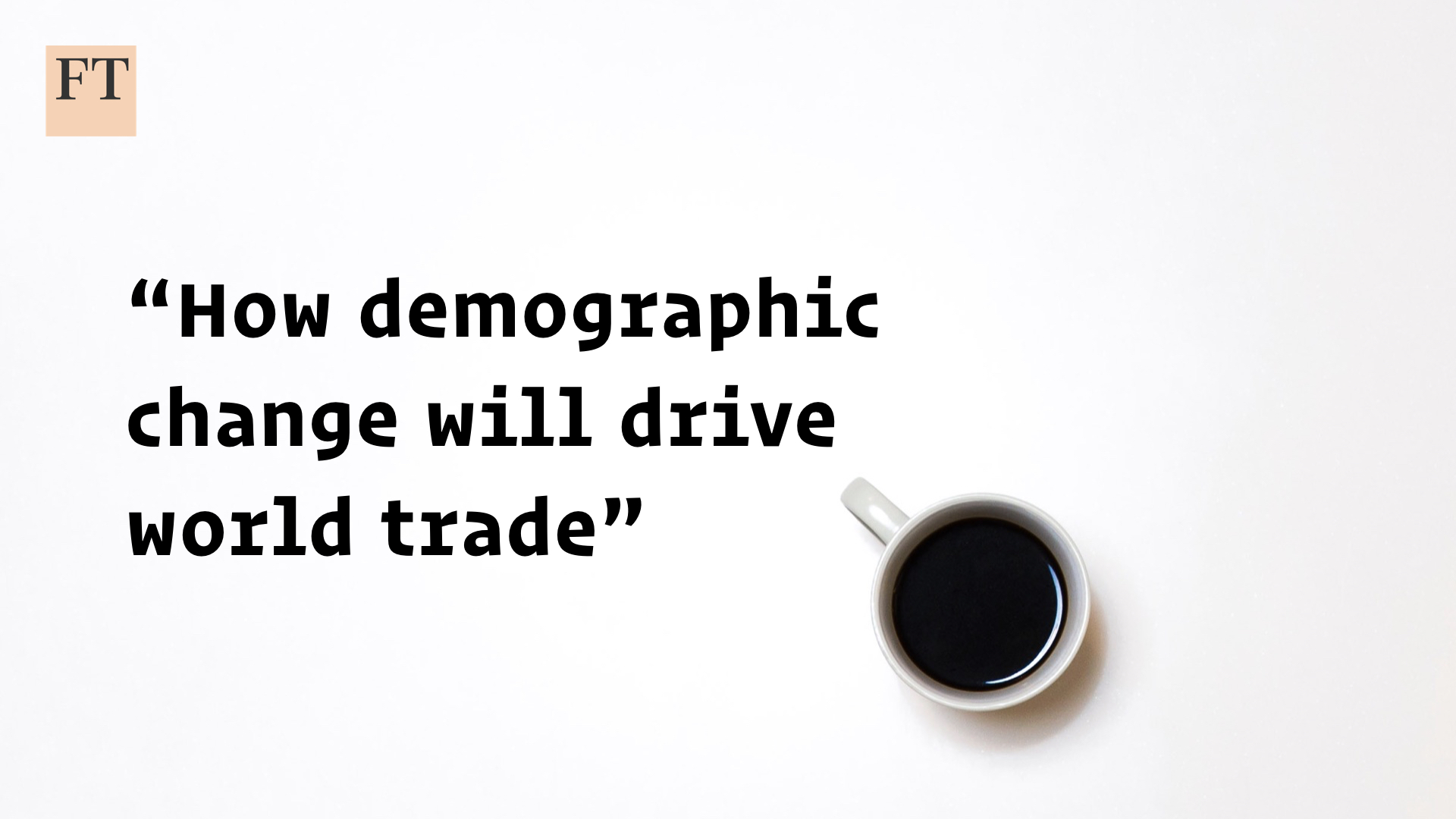


I left the last one untranslated on purpose to point out the rather brutal German word, Überalterung.
You see that the sentiments are diverse. Some people, reading those headlines, are thrilled because they see a huuuge opportunity – like this:

Most or even all of us here in the room belong in this category. But when you want to seize the opportunity, you inevitably meet other people who react like this, and see significant issues everywhere, or even catastrophes:

If everyone were on the positive side of things, if everyone would see the opportunities, then we wouldn’t need to meet here. Unfortunately, there are many people, groups and even countries who are wearing “negativity glasses.” In this presentation, I’d like to offer some ideas on how to deal with those people and groups, and how to arrive at a solution that is helpful for all of us.
So when I talk about implementation this evening, it’s essential to understand what you can do, especially when you know that there are people who wear problem glasses. If everyone wore “opportunity glasses,” we wouldn’t have to meet here today.
How can you deal with demographic change in a productive manner knowing that many, many people see it as a big problem? Let’s look at the word “problem” first.
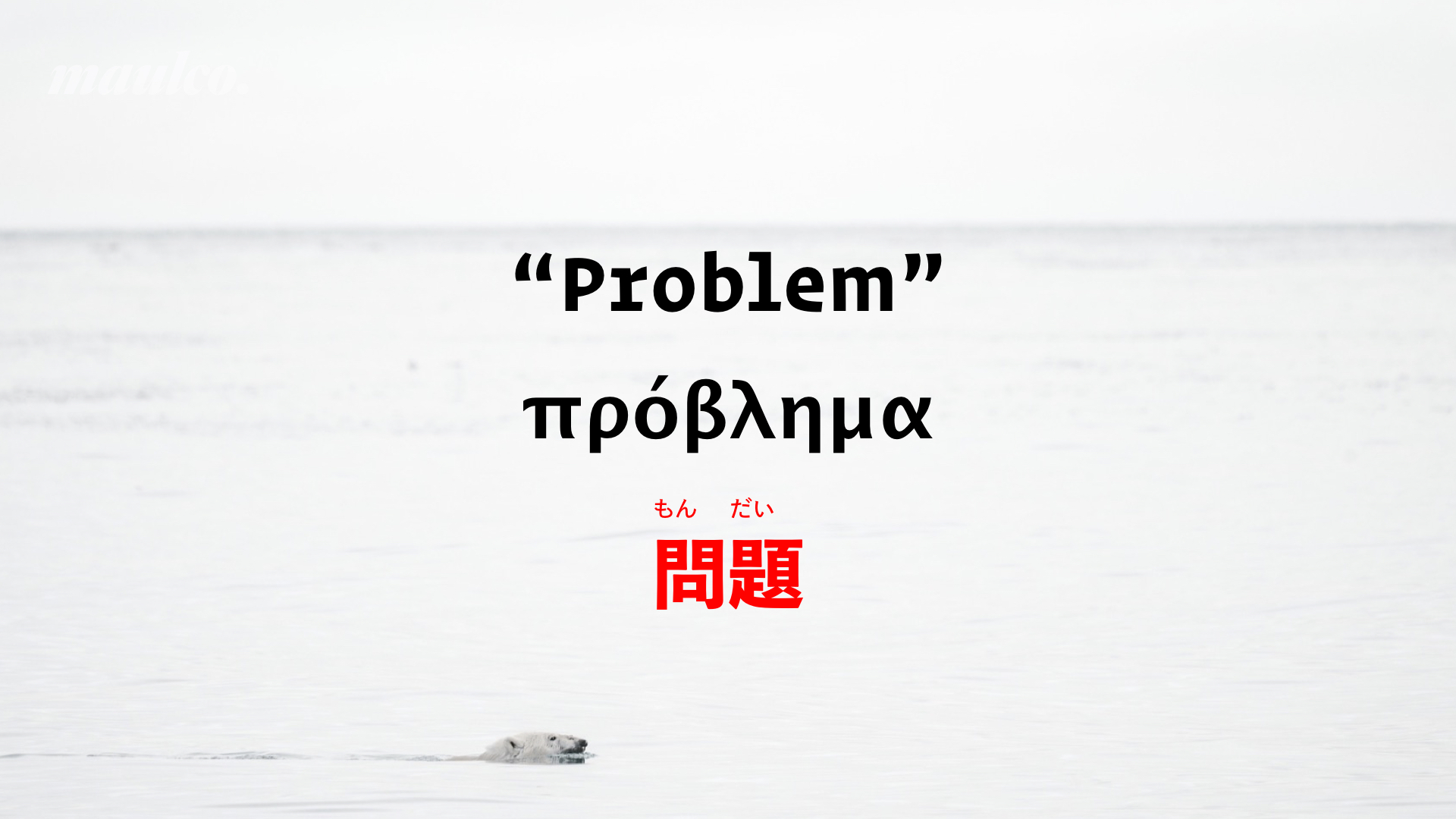
The word problem stems from Greek and – basically – means “something that is thrown (at you) in order to solve it.”
So a problem is nothing more than a task. The meaning slowly changed to “a difficult task” only in the 15th century. Today, when someone says “problem,” this negative meaning is always attached to the word. And this makes talking about today’s topic much more difficult.
In Japanese, there is a word quite similar to our common usage of problem: 問題 expresses a situation that has some negative connotation attached to it.
It’s really important to be a semantic nitpicker here. Demographic change is, in itself, neither a problem nor is it an opportunity. It is a situation that presents itself very differently in different places. For example, in some countries in Africa, the fertility rates are high, but the countries do not have the means to help the kids live the best life possible.

Each of these situations can be interpreted as a catastrophe or a blessing. So if you want to achieve a good outcome regardless of people wearing negativity glasses, your best bet is to take the situation as it is, and then decide how to frame it. You can interpret it, you can give it a meaning. It’s up to you.
In Japanese, this is more like 課題, without the negative connotation carried by 問題.

So whenever you think of demographic change, try to not think about it with any bad – or good! – connotation attached, but see it as a situation that you have to interpret and the act upon this interpretation. And you better choose a useful connotation that can be beneficial for the largest number of people possible. My suggestion is to view it as a puzzle with many possible solutions.

Another complaint of those who see only difficulties related to today’s topic of Demographic Change and Digital Revolution is that we cannot do something because we are so few when compared to the whole of the human population.
They are, of course, right. We are about 150 people here today. Compared to the world’s population, this is about 0.000002 percent. Imagine yourself and your influence on the world as a tiny grain of sand. You can slowly start to realize that your individual contribution to the whole world is really very, very, very tiny.
But the good news is that we are not grains of sand, and that we can do a lot if we choose a good approach.
But first, let’s look at how we as humans (and, escpecially, as groups of humans) work. Some people think that we work like this:

But this has, quite obviously, not much to do with reality. Thinking more about it and observing closely, we realize that we work much more like swarms:

When I was in 東京 for the first time many years ago, walking the streets was difficult for me because I was not used to so many people around me. So when I felt overwhelmed by these people swarms, I chose a person walking in front of me and simply followed him or her. (Without being too creepy.) This helped me get a feel for the people, the city and the culture. We are swarms.

The basic principles of a swarm are really simple. You cannot see the whole swarm, you can only see those people in your vicinity. To create a swarm, rule number 1 is: Follow the general direction. Rule number 2: Don’t hit anyone else. That’s it.
(Please also realize that when you are part of a swarm, you typically do not realize that you are part of a swarm. You can only create a swarm when you don’t know that you’re creating a swarm. Fish don’t know that, birds don’t know that, ants don’t know that.)
Also, you must realize that if you want to create change in the swarm, you cannot actively change the swarm, you need to change your own direction and then see if others follow. Think about how difficult it is for a company to “change course,” or even for a team. If you just crash in and shout LET’S CHANGE!, the swarm will just re-build when you’re away again.
It’s like when you’re the boss and make a surprise visit to your employees in a big office. Suddenly they are all smiles, sitting upright and being productive, and when you’re gone, they’re like this [slumped over gesture] again just like before.

That’s because swarms are resilient to change. This is very good when the swarm’s behavior is the one you want, and not so good when you want to change the swarm’s behavior. Resilience is neutral; it is just a feature of a system, without any content or meaning attached to it.
So if the others don’t follow your lead, adapt. Think about why they don’t follow. Maybe your feathers are too dull? Or you have changed course too abruptly, or maybe not abruptly enough? You need to look at the others and try to understand them. Then try understanding yourself, which is of course much more difficult. Then adapt.

Another aspect of the swarm is that you cannot stay in the swarm, or influence it, by merely thinking. You need to do something. You must swim. You must fly. You must walk.
I recently talked to a guy who said he was an author. I asked, what did you write? And he said, nothing, but I have sooo many great ideas. You are a writer when you write. Not when you think about writing. You are what you do.
So back to demographic change. We talked about change a lot today. Companies, business models, even society.
If you want to tackle this situation (not the problem, not the challenge), you need to change something. Create new products, enact new policies. But to change something, there needs to be someone to change it. You cannot simply tell your company today to change something tomorrow. You cannot simply move the swarm ten metres to the left.

The good news is: The only thing in the world – really the only one – that you can directly influence are your thoughts. And the only way in the world – really the only one – that you can change something is by doing something.
If you change yourself, you can be an example that others look up to. You can ask other people to effect change, i. e. to change themselves, but you can never change anyone else.

Who of you has kids? Or a cat? Please raise your hands. Now please everyone who has ever actively changed their kids, please raise your other hand as well. (Maybe some of you are sitting on their hands now, eh?)
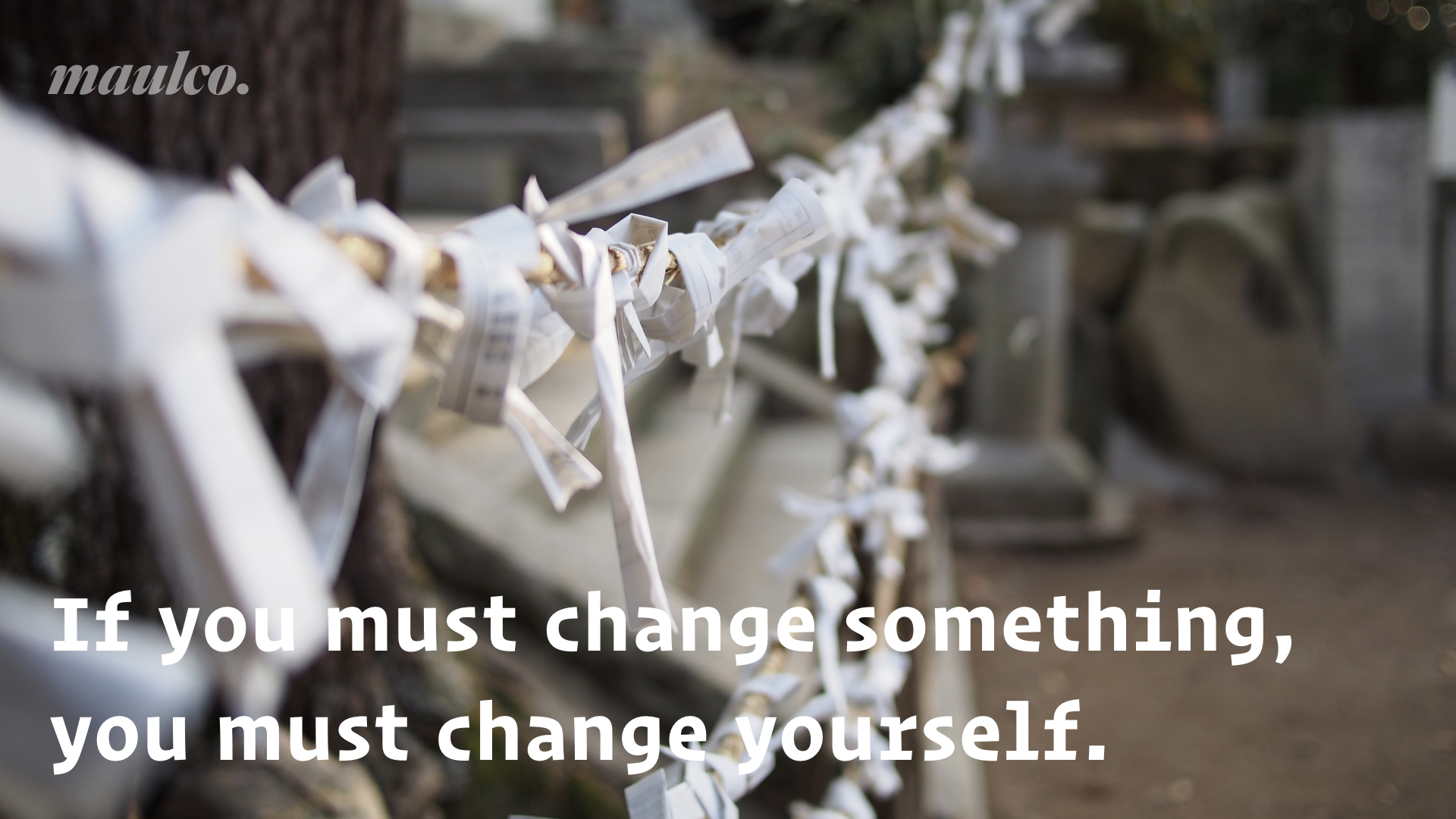
You see, change can only start with yourself; there is no other logical way.
Before I started doing strategy consulting, I had my own practice for psychotherapy, and people came to me all the time asking me to change them. I always told them, sorry, no, that is not in my power, or in anyone’s power. I worked with hypnosis quite a lot, but even as a hypnotist, you can never change someone, you can only be someone that gives suggestions and support to change something. Only you personally can influence your thoughts, and only you personally can change yourself.
The title of this presentation is Impulses for Implementation, so here, finally, is an impulse.

So … who of you is convinced a bit or wants to experiment with doing something small to contribute to the whole of our swarm here? Please raise your hands just slightly, not like in school. Who wants to contribute actively rather than be a passive bystander?
Wonderful, thank you. Please now take the envelope that you found on your chair.

When I ask you to open the envelope in a few seconds, you have one whole minute to think about one small, concrete step that you yourself can take starting tomorrow morning.
So when I ask you to, please think about this and then write it down on this piece of paper.
And when the reception starts, please take your small letter and close it by refolding. When you introduce yourself to other people of our swarm here tonight, exchange it together with your 名刺.
This is also a nice little icebreaker. So if you see someone who looks interesting, but you are maybe a bit shy, you have something you can talk about.
But don’t introduce anyone who doesn’t have this piece of paper! (I have extra ones if you lose yours.)

Go!
When you exchange your letters at the reception in a few minutes, you will receive letters from other people. Then, continue swapping. And make sure that you really commit to doing whatever idea turns up with the last letter you receive this evening.

Also, imagine that you would do the same that we do today in your company with the people in your company. Notice what your people come up with, and notice what happens days and weeks after the event.
I would be really pleased, and I think that Julia who asked me to present this evening with the rest of the DJW team, will also be pleased if this leads to people helping others to get ahead. In the end, that is what the German-Japanese Business Association is all about.

Now for my biggest honor of this day – I may now tell you that the reception will be open, and food will be served, in a few minutes. Thank you for your patience with me, and I do hope that you act on my weird idea. I am looking forward to meet you all again in a few minutes. Thank you very much, 食べましょう!
○ ○ ○
ps. Looking for a translator! Much of DJW’s work is provided at a very low fee to their members, and all symposium speakers offered their services for free. If you are able to contribute a Japanese translation of this article to support the DJW community, please contact me at mm@maulco.com.